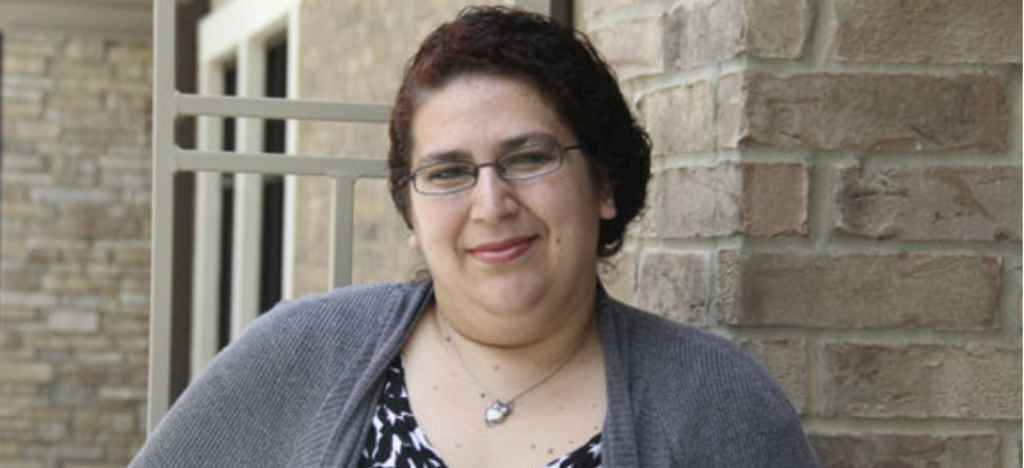By SHELLY LADDEN — for The Lufkin News
Editor’s Note: In observance of Mental Health Month, The Lufkin News is featuring local mental health stories and services throughout May.
Lufkin woman Angie Tinajero is a certified peer specialist at Burke, a mental health services provider in East Texas. And when she tells her clients “I understand,” she means it.
“The first time I met someone that not only knew what I was dealing with but had actually dealt with it herself,” she said, “it was a breakthrough moment. It was my a-ha moment.”
In order to be certified, peer specialists must have lived through the kinds of illnesses and challenges that their clients face.
Tinajero works with Burke’s mobile crisis outreach team and spends most of her time working with clients on their turf.
“In many ways, it is much more convenient and comforting for clients for us to meet with them in their home,” Tinajero said. “At the same time, when we meet them we are strangers, so that can be intimidating. Being able to look them in the eye and tell them I know what they are going through means a lot to them.”
Tinajero’s road from a troubled girl who “always felt different” to mental health peer specialist has been long and challenging. She grew up in St. Louis, Missouri, in a large Mexican family that had its share of mental illness, addiction and run-ins with the law. Everyone in the family had their issues, she said. But hers were different. She suffered from depression and developed an eating disorder. And she cut herself. When she told her mother, at 15, that she wanted to die, her mother took her to a psychiatrist.
“It didn’t go well,” she said. “Because I was a minor, the doctor included my mother in the sessions. And since she was facing her own issues, she couldn’t help me with mine. So it went nowhere. I finished school early and left home for college without getting the help I needed.”
She attended Missouri State, 4 hours away from home, and things got worse. During her first summer back home, she had a breakdown, and the school told her she couldn’t return unless she sought treatment. Treatment and classwork proved too much and she left.
“I married a Navy man and left town,” she said.
To Virginia, then Michigan. More hospitalizations. Her husband began showing signs of brain injury, and their marriage was pushed to the limit. Eventually, it failed.
“One of the great ironies is that though my marriage didn’t last, my husband’s injury helped me understand my own illness,” she said. “I read everything I could get my hands on.”
She eventually returned home — and to Missouri State to finish her degree. And that’s where she had her a-ha moment.
A professor of hers not only worked with children who had been through trauma but had been through it herself. It was the first time she met someone that could actually relate to her and speak from experience.
“I realized that if she could deal with it, I could deal with it,” she said. “I learned that my mental illness wasn’t something to hide or be ashamed of, but was something that I had to manage.”
It also showed her a career path that led her to Burke.
“You can see every doctor in the world,” she said. ”They might be so smart and have the best research and knowledge. But it doesn’t give them understanding. Having someone who understands and feels the issue to their core is invaluable. It’s deeper than empathy. It’s shared experience.”
Tinajero isn’t cured. She has peaks and valleys. Managing her mental illness includes therapy and sometimes — but not always — medication. But most importantly, she said, is that she’s learned to recognize her triggers and when to get help.
“There still is stigma around mental illness,” she said. “It’s a big reason why it took me so long to face my illness. People are still surprised when they learn I have a diagnosis, when they hear my story. I guess they think I’d look different or something. But we’re real people. We need to make it OK for people to talk about their illness and get the help they need, and I hope my story will help them do that.”
Read Angie’s full story in the Lufkin Daily News.




